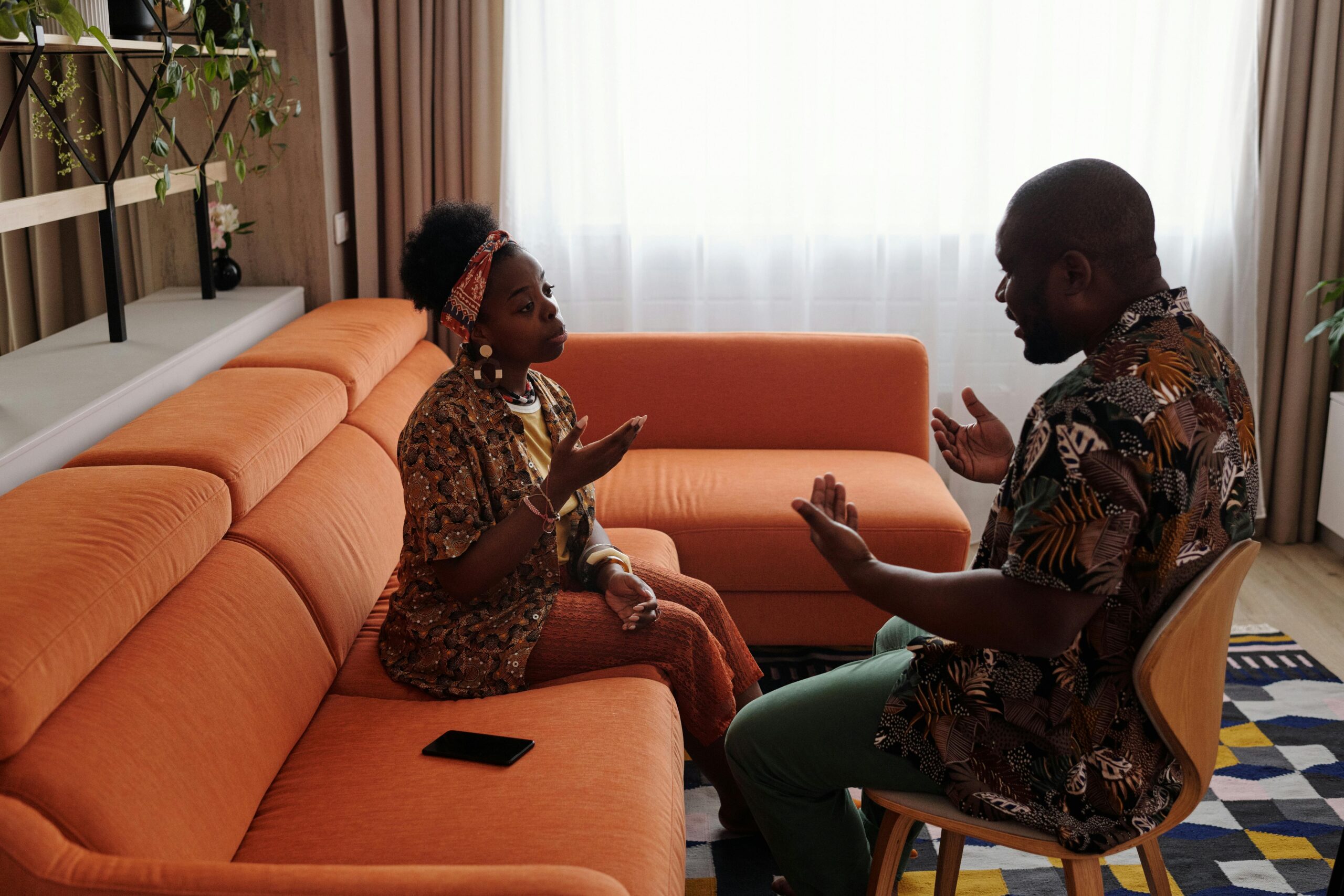So, you’ve learned that you have an anxious attachment style, now what? As with any attachment style, you have the ability the work to learn to combat it for healthier interpersonal relationships, as it can easily affect them. Anxious attachment specifically can manifest as a deep-seated fear of abandonment and a heightened need for reassurance and closeness in relationships. Individuals with an anxious attachment style may find themselves caught in a relentless cycle of seeking validation and fearing rejection, stemming from early experiences of inconsistent caregiving or neglect.
This may put a strain on a relationship, however, communication is the glue that binds partners together. For individuals with an anxious attachment style, it may be challenging to effectively articulate their needs to their partners.
Understanding the Roots
The impact of an anxious attachment style reverberates throughout romantic relationships, shaping the way individuals perceive intimacy and navigate emotional landscapes. Seasoned therapist, Abigail Makepeace, emphasizes the importance of recognizing the origins of anxious attachment.
“A child may form an anxious attachment style because they felt they couldn’t depend on their caregivers,” she explained.
This early pattern can manifest as an intense need for approval and connection in romantic adult relationships, according to Makepeace. Identifying whether needs stem from past experiences or current relationship dynamics can lay the groundwork for effective communication.
“The most important part to communicating your needs is to identify if the need is stemming from your past or from a true deficit in the relationship,” she shared “If your needs are due to your past, communicate to your partner that you are not blaming them for their behaviours, but that you need support to feel safe and loved. It’s important that your partner not feel at fault and more that you both are on the same team with the same goal; each other’s growth and happiness.
Internal Work and External Needs
Navigating the internal landscape while addressing external needs is a delicate balancing act. Makepeace encourages self-reflection to identify recurring relationship patterns.
“A great question to ask yourself is how do you think your attachment style has shaped your experience in your romantic relationships,” she said.” Try to identify some themes that often repeat themselves in your relationships that may be due to your attachment style. “When you are able to identify what keeps repeating [due to anxious attachment], it can give you a frame for the internal work that needs to be done.”
From there, you and your partner can work together to help address your needs. Begin to cultivate a culture of openness and trust with your partner. Couples should work together to combat challenges like this as a unified front, according to Makepeace.
“You both want to approach it as though you are working together to solve a problem,” she advised. By creating partnership and shared responsibility, couples can navigate the complexities of attachment styles with grace and resilience.
Initiating the Conversation on Your Anxious Attachment Needs
Expressing needs can trigger deep-seated fears of rejection or abandonment. She acknowledges this struggle, highlighting the risk of perpetuating a cycle of withdrawal and neediness.
“It can be very scary to ask for what you need when it may result in more of what you fear,” she empathized.
Recognizing patterns in reactions and fostering mutual understanding can mitigate anxiety and foster emotional safety. Initiating discussions about needs can be daunting for those with an anxious attachment style. However, she advises enrolling your partner in creating a safe space for dialogue, which starts with learning your partner’s attachment style.
“It’s helpful to understand both your attachment style and that of your partner,” Makepeace said. “When both people in a relationship are aware of their attachment styles they can communicate from that knowledge. This information arms them with the ability to hopefully work as teammates.”
Recognizing triggers and taking responsibility for individual contributions to the relationship fosters a sense of partnership and mutual growth.
